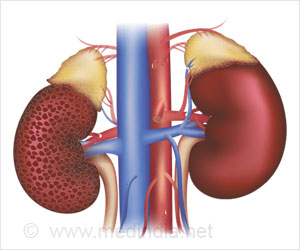In what can be stated as a breakthrough in infectious disease research, scientists have identified a possible viral cause of Kawasaki disease, the most common cause of acquired heart disease in children in developed nations
In what can be stated as a breakthrough in infectious disease research, scientists have identified a possible viral cause of Kawasaki disease, the most common cause of acquired heart disease in children in developed nations.
Their study findings appear in the November 15 issue of the Journal of Infectious Disease.An infectious cause for the disease has been suspected since 1967, when Kawasaki disease was originally described, but, until now, none has been identified.
The research group was led by Anne H. Rowley, professor of pediatrics and of microbiology/immunology at Northwestern University Feinberg School of Medicine and Children's Memorial Hospital.
In previous research, Rowley and colleagues showed that synthetic versions of immunoglobulin A antibodies made by children who developed Kawasaki disease bind, or attach, to spheroid structures in the bronchi, the breathing tubes in the lung. These antibodies are likely produced to combat the infectious cause of the disease.
In the current study, Rowley and co-investigators examined the spheroid structures in acute Kawasaki disease bronchi closely, using a variety of microscopic stains including the very high-powered electron microscope.
The researchers determined that the spheroid structures are inclusion bodies consisting of proteins and nucleic acids, characteristic of an infectious agent such as a virus.
Advertisements
'The virus is likely to be taken up by white blood cells in the lung and carried through the bloodstream, infecting other tissues, including the coronary artery, and leading to coronary artery aneurysms, the most important adverse outcome of Kawasaki disease,' Rowley said.
Advertisements
This study was supported by grants from the National Institutes of Health and the Kawasaki Disease Research Fund of Children's Memorial Hospital.





